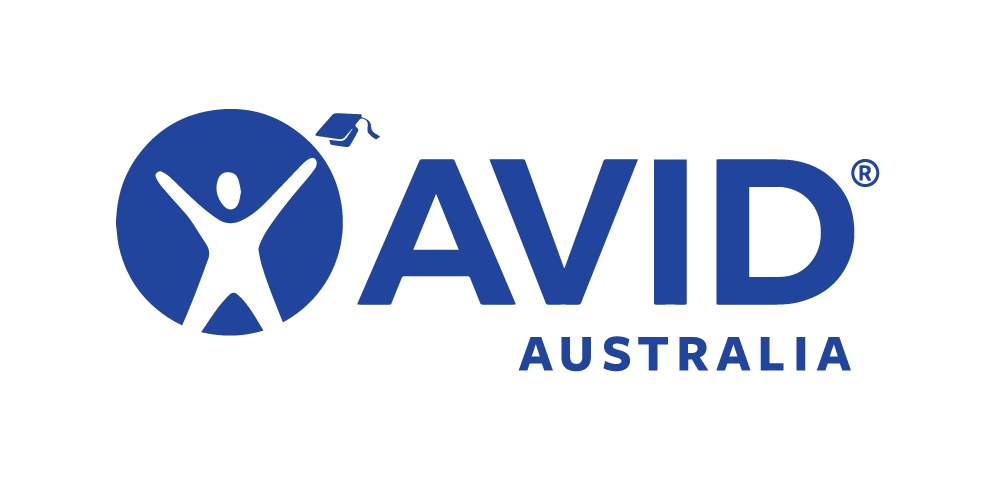What you need to know
Vapes, also known as e-cigarettes, have been designed to appeal to young people using colourful packaging and flavourings. They contain chemicals that can cause serious health issues such as lung damage. They also contain nicotine, which is highly addictive, and young people can be more susceptible to addiction.
There is no safe amount of vaping
- It is safest to avoid vaping entirely. If you’ve already started vaping, there are big health, social and environmental benefits to quitting.
- Vaping and smoking are both unsafe.
- Learn more about young people and smoking.
How vaping affects young people
- Vapes are harmful to your health at any age, as they expose you to toxic chemicals which impact both your physical and mental health.
- Vaping can lead to lung damage and can be harmful for young brains, which are still developing until about 25 years of age.
- Short- and long-term vaping is dangerous to your health.
- Learn more on the health harms of vaping.
Becoming vape-free
- You may experience withdrawal symptoms from nicotine when you quit vaping that may last a few days to a few weeks. However, they are only temporary and will improve over time.
- Some of the common symptoms of withdrawal include:
- nicotine cravings
- irritability
- difficulty concentrating
- change in appetite
- stomach or digestive issues
- flu-like symptoms
- dizziness
- depression
- trouble sleeping.
- Understanding what to expect when you quit and getting support will make the process easier.
Laws on vaping and young people
- Vapes in Australia are regulated as therapeutic goods. This means they are only available at pharmacies to help people quit smoking or manage nicotine dependence.
- From 1 July 2024, all vapes, regardless of whether they contain nicotine or not, must be sold in a pharmacy for the purpose of helping people to quit smoking or manage nicotine dependence.
- It is illegal for any other business, such as tobacconists, vape shops and convenience stores, to sell any type of vape or vape product.
- Until 30 September 2024, everyone needs a prescription from a doctor or nurse practitioner to purchase therapeutic vapes from a pharmacy.
- From 1 October 2024, people 18 years or over will be able to purchase nicotine vapes directly from a pharmacy without a prescription. People under 18 years old will still need a prescription to access vapes, where state and territory laws allow it, to ensure they get appropriate medical advice and supervision.
- The concentration of nicotine in vapes sold in pharmacies without a prescription will be limited to 20mg/ml; people who need vapes with a higher concentration of nicotine will still have to have a prescription.
- Additional changes will limit the flavours available to mint, menthol and tobacco, and require plain pharmaceutical packaging for all vape products.
- Learn more about the new regulations on vaping products.
Help and support to quit vaping
- Quitting vaping is an important step you can take to improve your physical and mental wellbeing. Most vapes contain nicotine, which is addictive. You may be experiencing cravings and find it difficult to go without vaping, but quitting is possible and support is available.
- Finding the right support can help you to quit successfully. You are not alone on the journey.
- If you are vaping and decide to quit, there are many quitting methods to choose from, as well as resources available to support your journey.
- The My QuitBuddy app provides helpful tips to overcome cravings and tracking systems to chart your quit progress. Age ratings apply.
- Quitline (13 7848) is a confidential, evidence-based telephone counselling service.
- You can also visit your GP for information and help on how to quit vaping.
- Confiding in a family member or trusted adult for support and guidance may also help you to quit and remain vape free.












